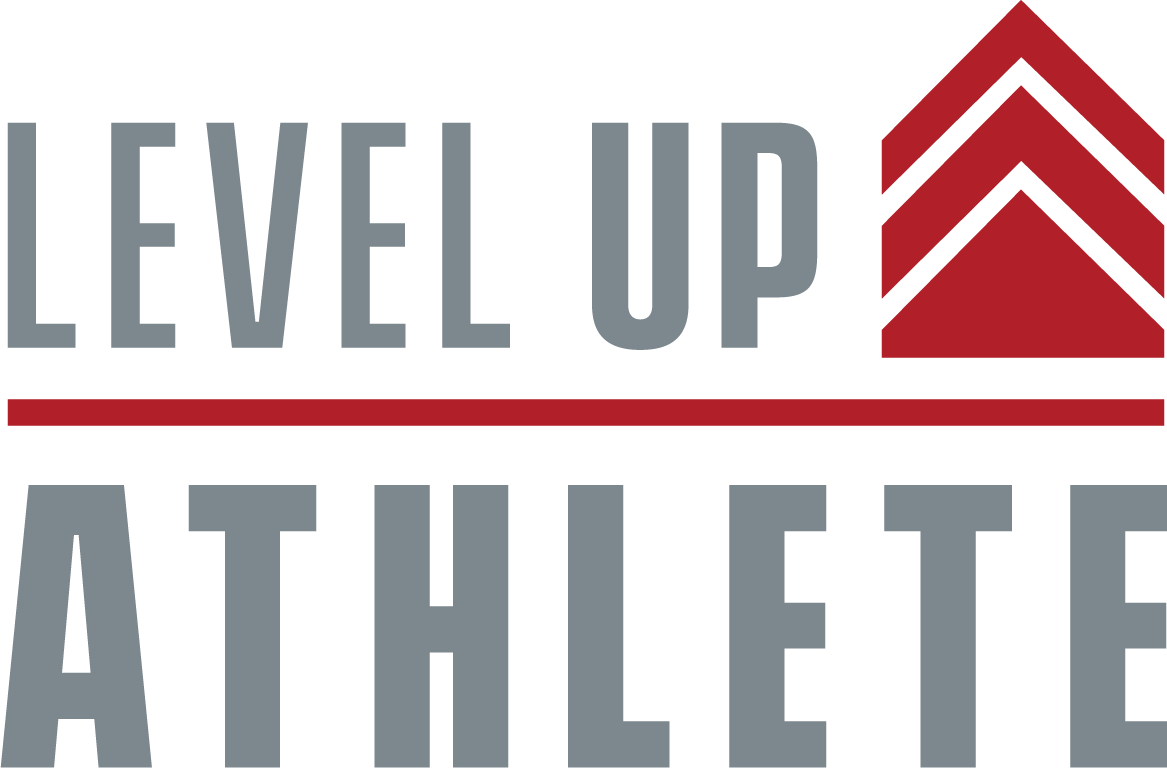Back to the Future: Create Your Vision and Set Goals with the End in Mind
“Start where you are. Use what you have. Do what you can.” – Arthur Ashe
If you immediately pictured time traveling Marty McFly and eccentric scientist Doc Brown when you read the title of this article, I have two things to tell you. First, you have great taste in movies! Second (besides sharing a name with one of the most iconic films of our generation), Back to the Future is also a detailed planning method that can help you flesh out plans to reach your goals.
The new year prompts many of us to think about goal setting, and the Back to the Future protocol is one of my favorite ways to envision a future that is out of the box, beyond concrete goals that you may already have in place. It is also an effective way to drill down from distant dreams into specific steps to propel you towards your destination as a team or individual.
The first step of Back to the Future is to begin with the end in mind. A key component of this stage is to hop into your imaginary time machine and set the date to a given point in time (for example, one year from now), just like Marty McFly and Doc Brown. Speak in the present tense, as if you are living in that reality one year from now, and consider what is true for you and your team. Push for clarity, describing both quantitative and qualitative aspects of your work with specificity. For instance, if you want to win a championship, you might say “We win ___ games/matches and win the ____ championship (be specific).” To include progress towards quantitative goals, you can say “We exceed our goals of (list specific goals).”
Throughout this process, consider how coaches and teammates work together, as team dynamics is a key part of success, particularly when challenges inevitably arise. To do this, you might say, "Our coaching staff and team has high trust. We value and create a safe space for the expression of each person’s identity, and we strive to seek out and incorporate a variety of perspectives in our decision making. We acknowledge and seek to understand the varied communication styles and motivations of each coach and athlete. This looks like (list what that looks and feels like).” Supporting teams to build trust and improve communication is one of my passions, and using Back to the Future framework is one way I help teams think through how they honor each other’s perspectives and strengths.
When your team is satisfied with the description, track down your time machine and head back to “one year ago” (which is actually the present reality). Open the doors, look around, and describe what it was like “one year ago,” in the past tense. You might say, “We won ___ games and/or championships (be specific). We were struggling to meet our goal of (list the goal). Regarding team dynamics, we had started to get to know each other, but needed more work to collaborate effectively and to honor individual communication styles, identities, and voices. This looked like (describe what that looked and felt like).”
These conversations could bring some discomfort, so it is important to acknowledge that with the group and take care of your team during this description of “the past.” Some tips are: collaborate with a skilled facilitator who can keep an eye on how the group is doing, re-grounding staff in the reason for this discussion - so we can work together towards our shared vision of the future, asking people to be honest but kind when describing the past, and giving team members ownership to do what they need to take care of themselves (ask for clarity and/or step out for a break when needed, for instance).
After you have described “the future” and “past” states, think back to your highlight reel. Reviewing the successful moments that moved you from the past to the present reality will reveal the links between the two points in time. Drill down into the concrete actions you “took” to get from your reality one year ago to your current, improved state. These specific steps form the foundation of your plan to move into the future reality that you envision, and allow you to track progress and reflect on goals throughout the year. As with anything, you have the freedom to adapt this protocol to your needs - planning for longer or shorter time periods, brainstorming on chart paper or post-its first, or starting directly in a planning tool like Google Sheets or Asana.
The Back to the Future method is an effective tool for coaches, leaders and teams to map out their paths to success. In fact, I use it each year to jumpstart my own annual planning. If you want to collaborate with a skilled coach to implement this model, I would love to connect with you. My team has over 15 years of experience supporting leaders and teams as they collaborate, execute, and reflect on shared plans for success. Let’s crank up that time machine and get on the road!
Your Teammate,
Katie

